Free Museums in Los Angeles You Should Visit
There's plenty of fun and free things to do in Los Angeles. Here's a breakdown of the best free museums in Los Angeles.
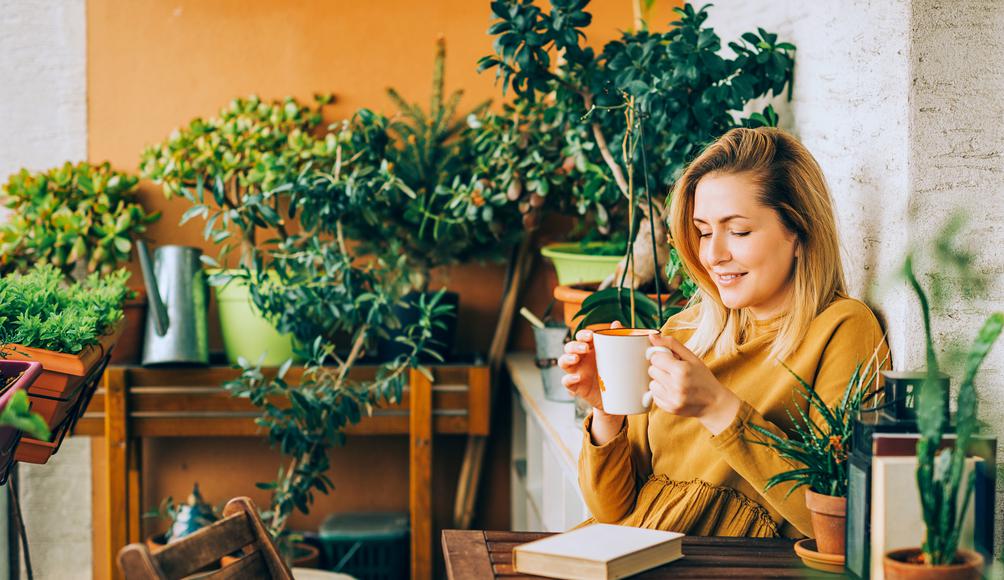
Master the basics of fall gardening to create your own escape and savor seasonal wonders.
Crisp autumn air, golden foliage, and pumpkin spice everything means it’s that time of year again. As orange and red hues take over the trees, the summer harvest comes to an end—but it’s not too late to build the garden of your dreams. There’s nothing better than sipping on a warm drink and enjoying the views of your very own fall garden. Expand the potential of your backyard and transform the space into a natural wonderland that saves resources, attracts wildlife, and enriches your days. Don’t pack away your gardening gloves just yet; discover the vegetables to plant in the fall for a spring harvest and create a magical autumn paradise just outside your back door.
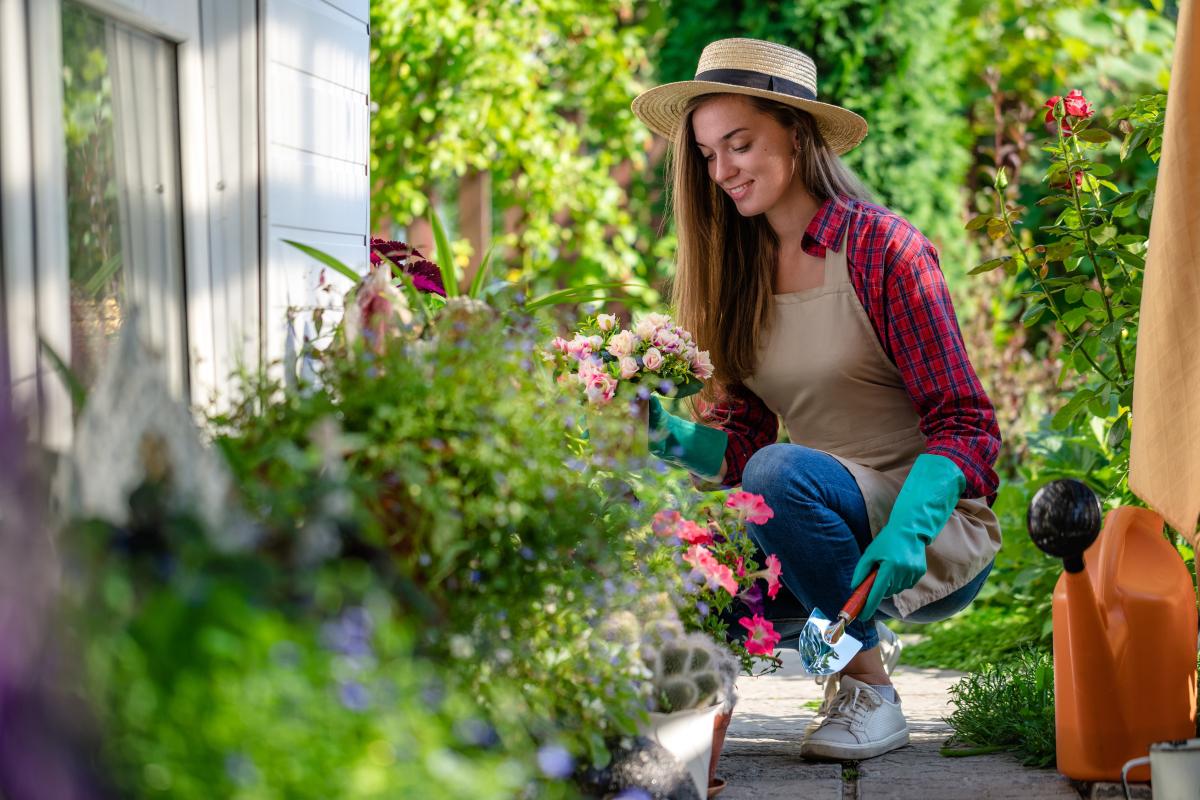
Fall gardening is not quite the same as planting during spring. While most plants tend to grow better in the warmer months, certain herbs and vegetables perform much better when the temperature drops. Before you get started with planting, here are the fall gardening basics to keep in mind.

Does your business rank among the best in California?
nominate a businessLearn more about our selection criteria and vetting process.
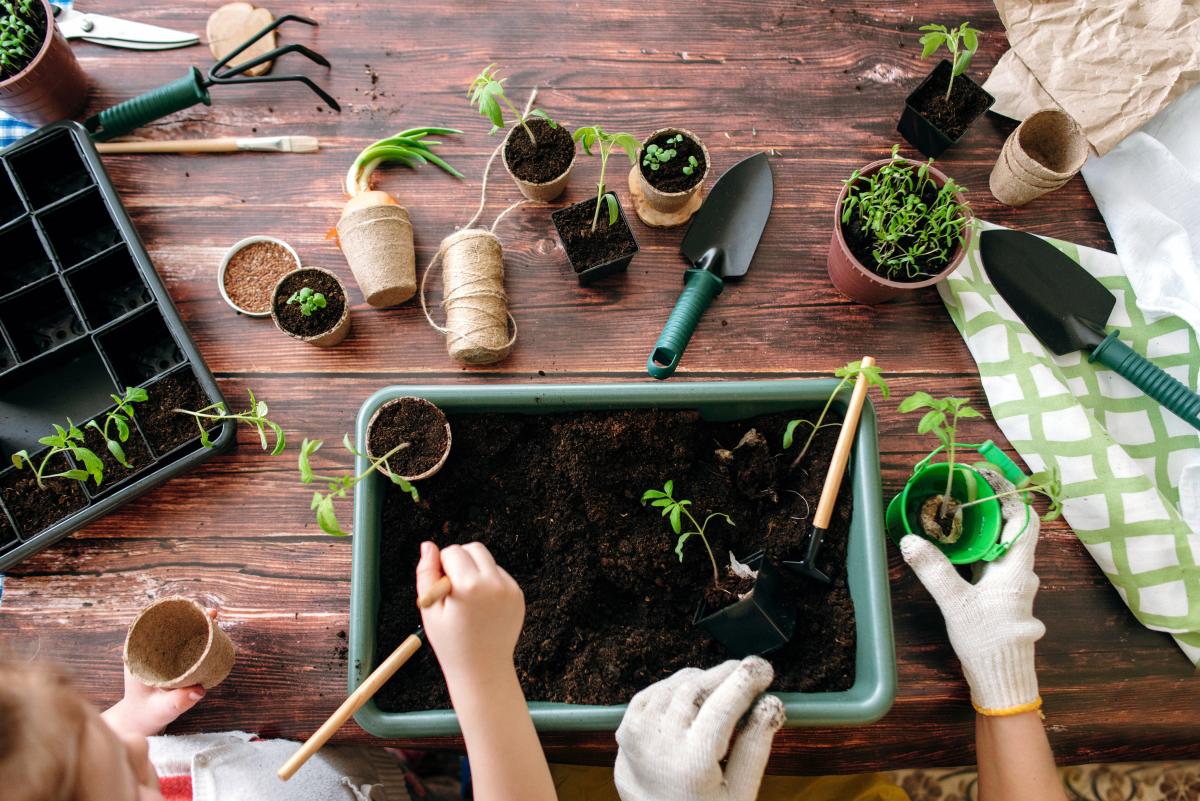
Now that you understand California’s fall gardening essentials, it’s time to plant your fall herbs. As most plants tolerate the heat better than the cold, you can’t simply pick your favorites, throw them in the ground, and expect good results. You have to choose the right plants and take the intensity of your area’s weather into account in order to grow a healthy fall garden. With enough space and a successful planting season, you can even develop a community garden to reduce your carbon footprint and support an organic lifestyle. Leafy herbs, pungent garlic, and tasty turnips are a few of the fall vegetables we just can’t get enough of — but the list doesn’t stop there. To help you with your fall gardening homework, here are some of the herbs and veggies to grow this autumn.

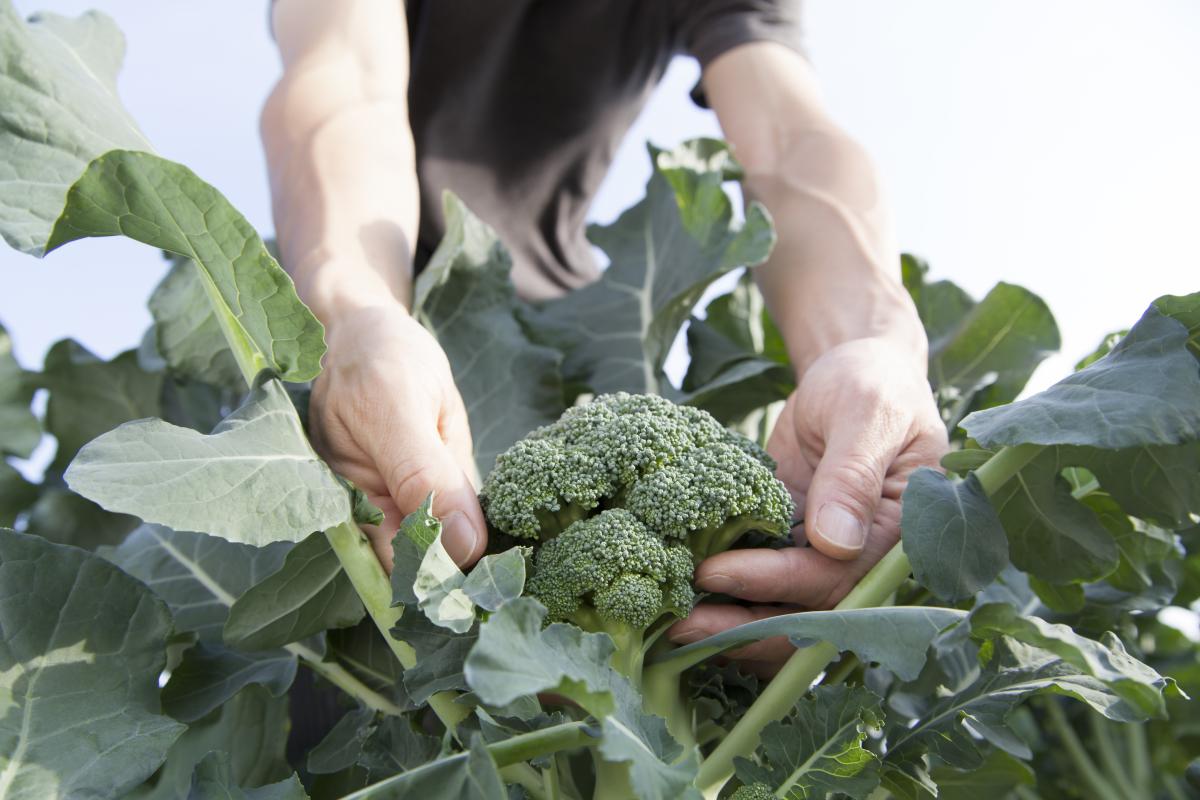
Children may not be the biggest fans of broccoli, but they’ll immediately change their minds when they try it fresh from your fall garden. Broccoli loves full sun exposure and well-drained—yet consistently moist—soil that’s slightly acidic. When gardening in rows, place the plants 18 to 24 inches apart and make sure they’re deeper in the ground than they were in their grow pots. Even though it’s a fall vegetable, freezing temperatures can harm broccoli plants—but doesn’t necessarily make them inedible. Cold temps cause the crowns to soften and the buds to turn purple. To stop them from freezing in harsh winters, protect your veggies with floating row covers and extend their growing season for a few more weeks. If you plan on growing 50 or more broccoli plants at a time, it’s best to plant them a few days apart for an easier harvest later on. When your fall plants are ready, turn on the stove and prepare the best broccoli cheddar soup you’ve ever made.
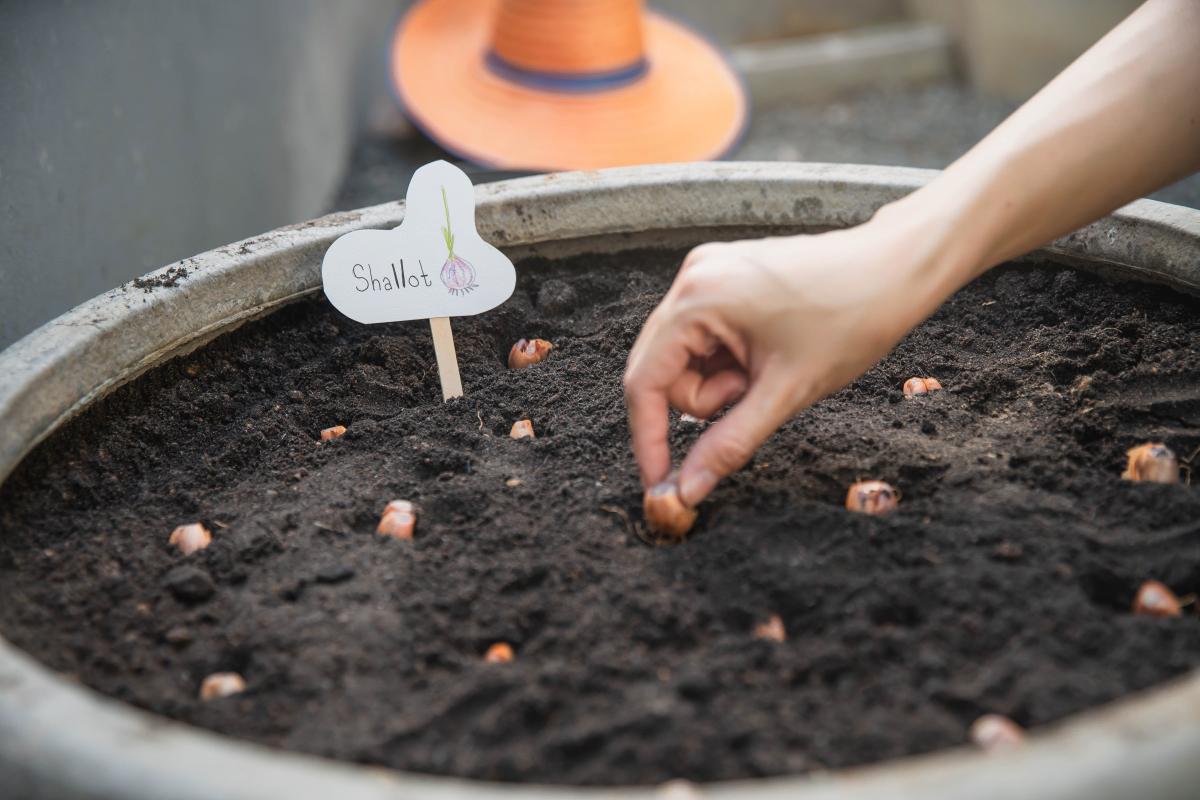
A member of the onion family, shallots are pretty easy to grow. Make sure to plant this fall vegetable between Halloween and Thanksgiving to allow it to thrive. Provide proper spacing for the shallots when you plant them; if you don’t, they will compete with each other for the same nutrients and the leaves will overlap. To avoid accidentally overplanting, leave a marker as you place each one in the ground. Since this fall vegetable is hardy, it can take care of itself during the winter months. Shallots are a great addition to stir-fry, salad, and soup, so get creative by adding your crops to your favorite recipes.
Planting asparagus requires patience—you have to wait at least two years to harvest your first planted crowns—but they’re simple and easy to take care of. Amend the soil with compost and organic fertilizer, then plant the crowns with the buds facing upwards at least 12 to 16 inches apart. Remember not to harvest the asparagus that grows from the crowns during the first season. Though it takes a while to see results, this fall plant is worth the wait. Upgrade your cheesy garlic roasted asparagus recipe with the organic produce you grew yourself.
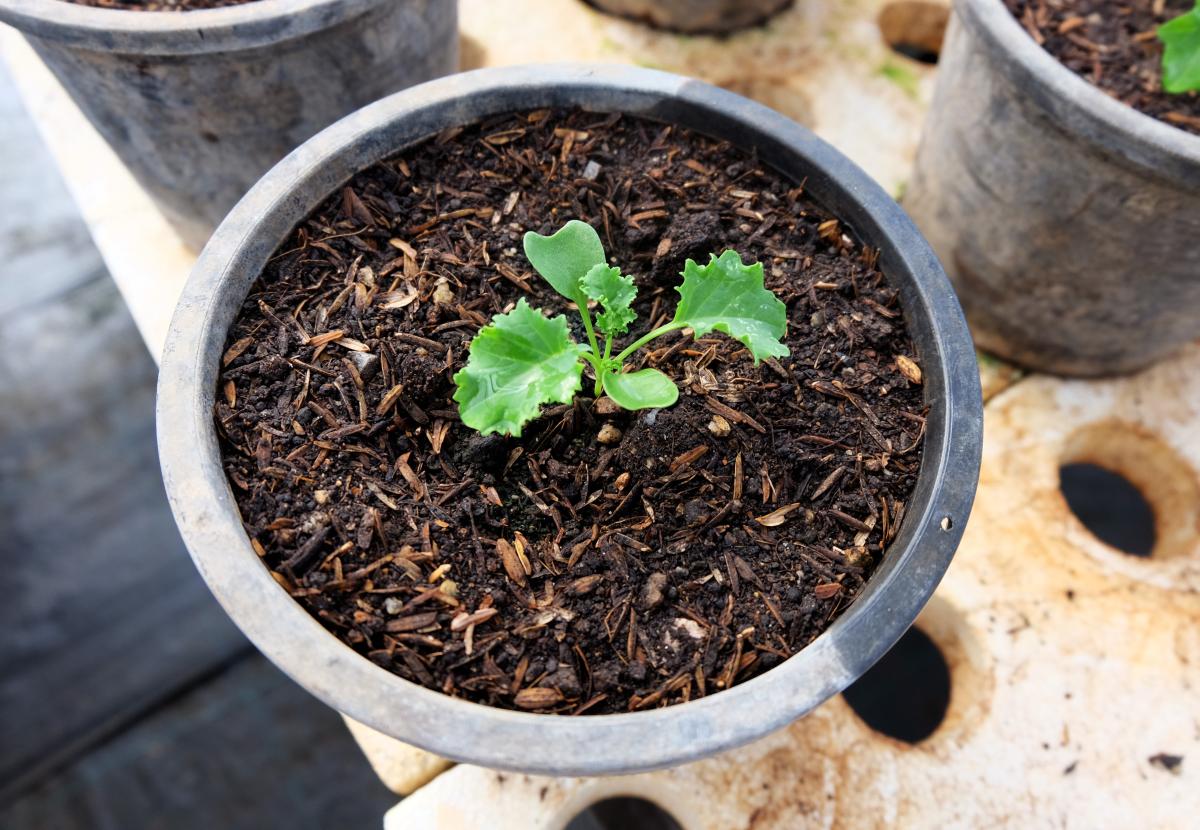
When it comes to fall vegetables, kale is a super plant. The leafy green is one of the most flavorful and nutritious plants that can survive cold weather—even when temperatures fall to negative 10 degrees. Kale does not like heat, so plant the seedlings in a shaded area, or if it’s still warm outside, start growing it indoors. When transplanting the sprouts into your fall garden, give each of them about 18 inches of space on all sides. As the temperature drops in the winter, caring for your kale plants becomes even easier. There’s no need to weed or feed them because the ground has likely frozen. When the kale is ready, invite your friends over for crispy kale chips to enjoy the fruits of your labor.

Although frequently planted in spring, some beans can be grown as late as November. The nourishing fall plants tend to grow rather quickly—they also have the ability to produce harvests until the harsh winter months arrive. The autumn-sown Aquadulce Claudia broad beans are the best options for your fall gardening plans. Place them nine inches apart and two inches deep in your soil. And in order to grow stronger beans, provide your plants with cloche protection or an extra mulch.
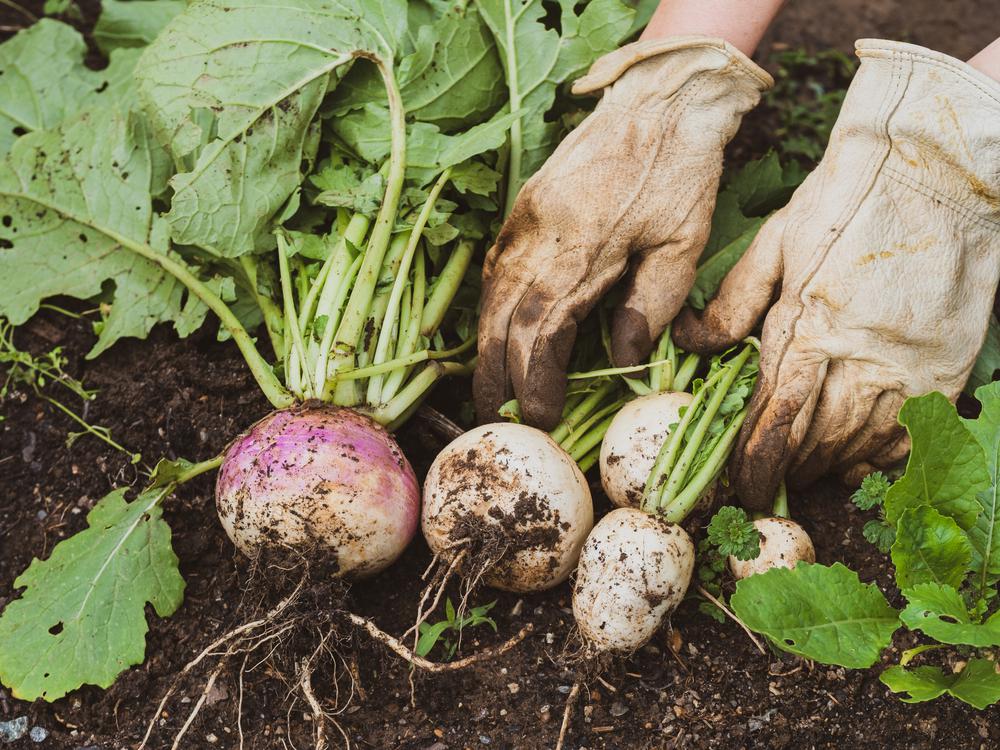
While rarely at the top of anyone’s grocery list, there certainly are things we can appreciate about turnips. For instance, these fall vegetables are loaded with all things healthy—vitamin B, iron, magnesium, calcium, and copper. Also, not only is the tuber edible, but the leaves are totally fair game too. Many consider turnips as a survival plant, a thing to eat when nothing else is available, and the fact that they grow with little to no effort makes us even more team-turnip.
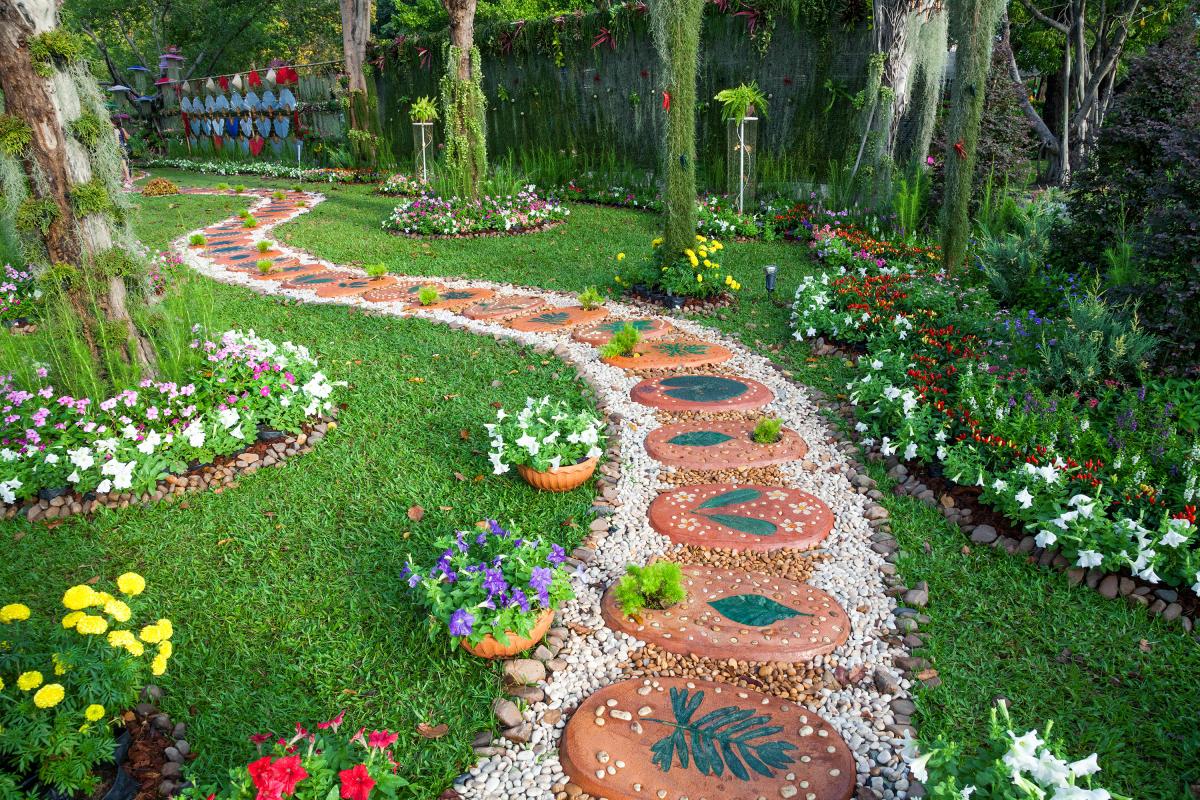
When your fall vegetables and herbs are planted, it’s time to create a unique and welcoming space. An aesthetically pleasing backyard will captivate your guests, but it will also motivate you to take better care of your plants. From incorporating drought-tolerant landscaping into your yard to adding creative DIY accents, there’s so much you can do to upgrade your garden and transform it into a blissful haven. Here are a few fall gardening tips to make the most of the season.
1. Add colorful garden stones.
Grab some paint and a few markers and get your creative juices flowing. You can even use them to label your plants.
2. Make garden critters using recycled materials.
Use plastic bottles and old cans to make adorable specimens that can also double as a planter.
3. Don’t throw away your broken pots.
Build gorgeous fairy gardens using ceramic pieces—you can even add a set of terraces for a magical finishing touch.
4. Create a DIY water fountain.
Use different sizes of pots and a pond pump to stack them on top of each other. The cost-effective project is a wonderful way to add liveliness to your fall garden. This might even make a great V-Day gift your S.O. will adore.
5. Transform rusty structures into a living garden.
Put your fall gardening skills to use and create breathtaking living structures like a grassy chair, succulent statue, or willow dome.
6. Elevate your fall vegetables (literally).
Set up a raised-bed garden for a more inviting outdoor area.




There's plenty of fun and free things to do in Los Angeles. Here's a breakdown of the best free museums in Los Angeles.

Enjoy the City by the Bay for free with these awesome free activities in San Francisco that aren't just hiking.

The Golden State is known for its unique history and unconventional spirit, but these interesting facts about California will surprise you.
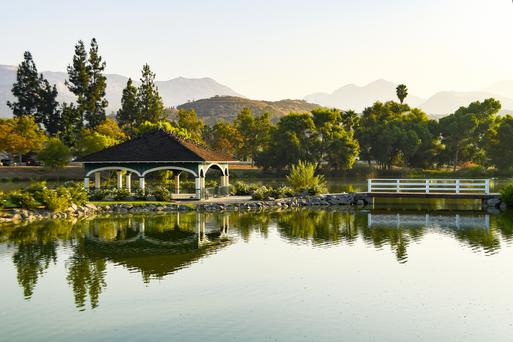
Looking for the best hiking trails in Lakeside? They also offer opportunities to bike, trail run, and explore other outdoor activities too.

